Clive Gamble0-511-29484-0, 0-521-67749-1
Table of contents :
Cover……Page 1
Half-title……Page 3
Title……Page 5
Copyright……Page 6
Contents……Page 7
Figures and Tables List……Page 9
Acknowledgements……Page 13
Part I Steps to the present……Page 15
To begin with………Page 17
Human identity and change……Page 19
Rational and relational approaches……Page 20
Improvement of the mind……Page 21
A whole body……Page 22
Changing trains……Page 24
Childe’s two revolutions……Page 26
Locomotives of change……Page 27
The Neolithic Revolution as an imaginative archaeology……Page 31
The Neolithic Revolution and Orientalism……Page 33
Continuity backlash and transitions……Page 36
The paradox of change……Page 38
Three current revolutions……Page 40
The secondary products revolution of 1981……Page 41
The broad spectrum revolution of 1969……Page 42
The symbolic, sensory and sedentary revolution of 2001……Page 44
What it was to be human……Page 47
Enter anatomically modern humans……Page 49
Defining the fully modern human: bodies, brains and boats……Page 51
The Human Revolution; ancient and modern……Page 54
Revolutions that were and weren’t……Page 57
A sapient paradox to spur us on……Page 62
Recency and a wider context for the Human Revolution……Page 64
Universal humans by decree……Page 65
The endowment and growth of modern humans……Page 68
Anatomically fully post-modern humans?……Page 70
Origins and desire……Page 73
Originsland……Page 75
The origin point and the cone of research……Page 76
Metaphors and the body……Page 80
Grounding experience in the body……Page 81
Parts for whole: metonymy and synecdoche……Page 83
Our experience of the past as a container……Page 84
Analogy and homology……Page 86
Analogies of corner-shops and weeding……Page 87
Endowment and growth……Page 89
Primary metaphors of livelihood and change……Page 91
The sharing and giving environment……Page 92
Growing the body……Page 93
Summary to part i Three revolutions in Originsland……Page 94
Part II The material basis of identity……Page 99
First things first……Page 101
Our bodies as a source of metaphor……Page 102
Symbolic force and a social technology of the body……Page 104
Time for habitus……Page 107
Symbolic force and culture……Page 108
Pure culture……Page 109
Hybrid culture……Page 110
Material metaphors of the body; some examples of a social technology……Page 111
Houses as bodies……Page 112
Masks and faces……Page 113
Kinship networks……Page 114
The body-whole as an inspiration for a social technology……Page 116
Material proxies and the limitations of analogy……Page 118
Material proxies of the body……Page 121
Summary: the human body as a metaphor for changing identity……Page 123
Art forms, body forms and hidden identities……Page 125
Design by numbers……Page 126
‘The darkness of the body’……Page 127
Boiling eggs: or how to construct identity through agency……Page 128
Accumulation, enchainment and identity……Page 129
Performance and emotion……Page 131
Self-interest……Page 133
Layering and the biography of objects……Page 135
Different categories of individuals……Page 137
The Western individual……Page 138
The Melanesian dividual……Page 139
The neutral individual……Page 141
Networking and autobiographical resources……Page 142
Bottom-up or top-down societies……Page 143
Summary: lifting the lid on social archaeology……Page 144
Musical chairs……Page 146
Architecture without walls……Page 148
Machines for the suppression of time……Page 149
Consumption and fragmentation as social actions……Page 150
Bricoleurs rather than builders……Page 152
Material projects: sets and nets……Page 153
Technologies of the person……Page 154
How material projects accumulate and enchain……Page 156
When the music stopped: the burial at Saint-Germain-la-Riviere……Page 158
Discussion: running with the social sets……Page 164
Summary to part ii Raising the bar……Page 167
Part III Interpreting change……Page 169
Highways to the future……Page 171
The value of materials……Page 173
Why technology changes……Page 175
Social technology……Page 176
The technology of eats, roots and leaves……Page 177
The standard view of technology……Page 178
Chimpanzee culture……Page 180
Stone Age innovation……Page 182
Three movements in the history of technology……Page 183
Instruments (N=27 Table 7.4)……Page 189
Organic instruments finally make an impact after 100,000 years ago……Page 190
Questioning reason and need……Page 191
The fuss about blades: a study in rational and relational change……Page 193
Blades, cores and the human revolution……Page 194
The standard view of blades: preparation, planning and anticipation……Page 200
Why blades? A frozen accident or the need to relate?……Page 202
Blades in transition in a social technology……Page 204
Containers/Instruments (N=6 Table 7.4)……Page 207
Textiles; wrapping the body……Page 208
Burying the body……Page 209
Why pottery?……Page 212
Pots as material metaphors……Page 214
Domestic containers……Page 215
Summary……Page 218
A nod in the right direction……Page 219
The social cage……Page 221
Complicated social bonds……Page 222
The social brain……Page 223
The release from proximity……Page 225
The evidence for extension……Page 226
Group size and networks……Page 228
Group size and language……Page 231
Language, metaphor and mimesis……Page 233
Learning to think through emotions……Page 236
Bringing up baby……Page 239
The importance of children: sets and nets……Page 240
Raising children……Page 241
Childscapes……Page 242
Childscapes and material projects……Page 243
Fire, hearths and homes……Page 244
The long introduction, 2.6 million to 100,000 years ago: an appreciation……Page 246
Fire……Page 247
Splitting the container……Page 248
Where are the huts?……Page 250
Case study: Boxgrove, southern England 500,000 years ago……Page 251
Biface rich assemblages as sets with rules……Page 253
The common ground, 100,000 to 20,000 years ago: an appreciation……Page 254
Fire……Page 256
Huts and shelters……Page 257
Case study: Kostenki-Avdeevo-Pavlov-Willendorf 28,000 years ago (Figure 8.7)……Page 258
Case study: Blombos Cave 80,000 years ago……Page 261
Case study: Salzgitter-Lebenstedt, Germany c. 80,000 years ago……Page 262
Feeding the body……Page 264
Case study: Klasies River Mouth……Page 266
The short answer, 20,000 to 5,000 years ago: an appreciation……Page 269
Evidence from the short answer……Page 272
Huts, houses and hearths……Page 273
Houses for the living and the dead……Page 275
Domestic resources……Page 277
Responding to the environment……Page 278
Case study: growing the body with material metaphors……Page 279
Linking properties……Page 283
The well-swept home……Page 285
Summary……Page 286
Epilogue The good upheaval……Page 289
Bibliography……Page 295
Index……Page 349
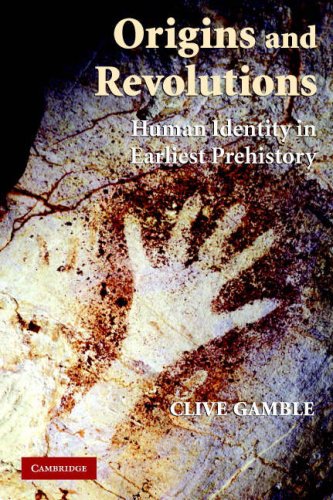
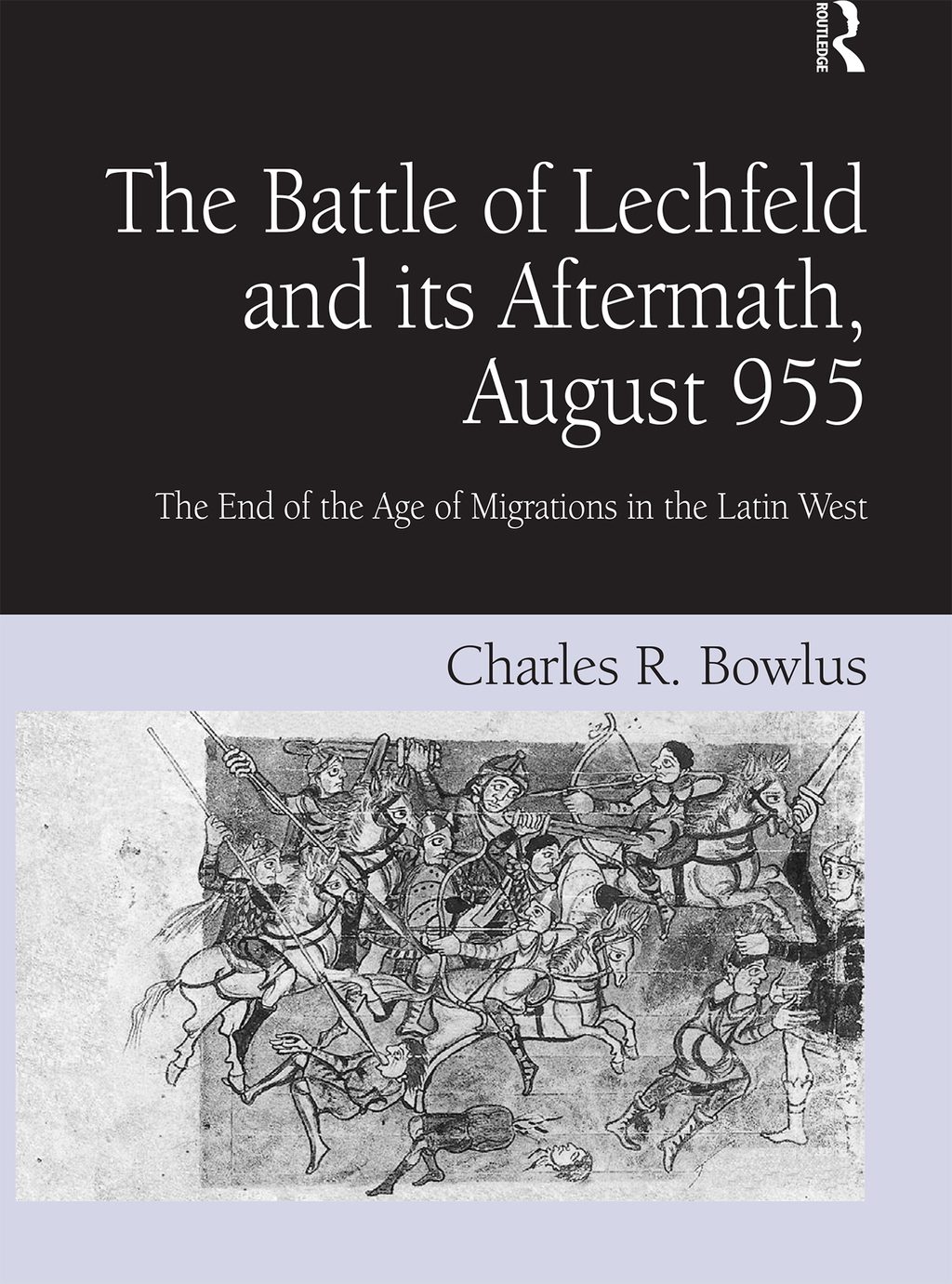

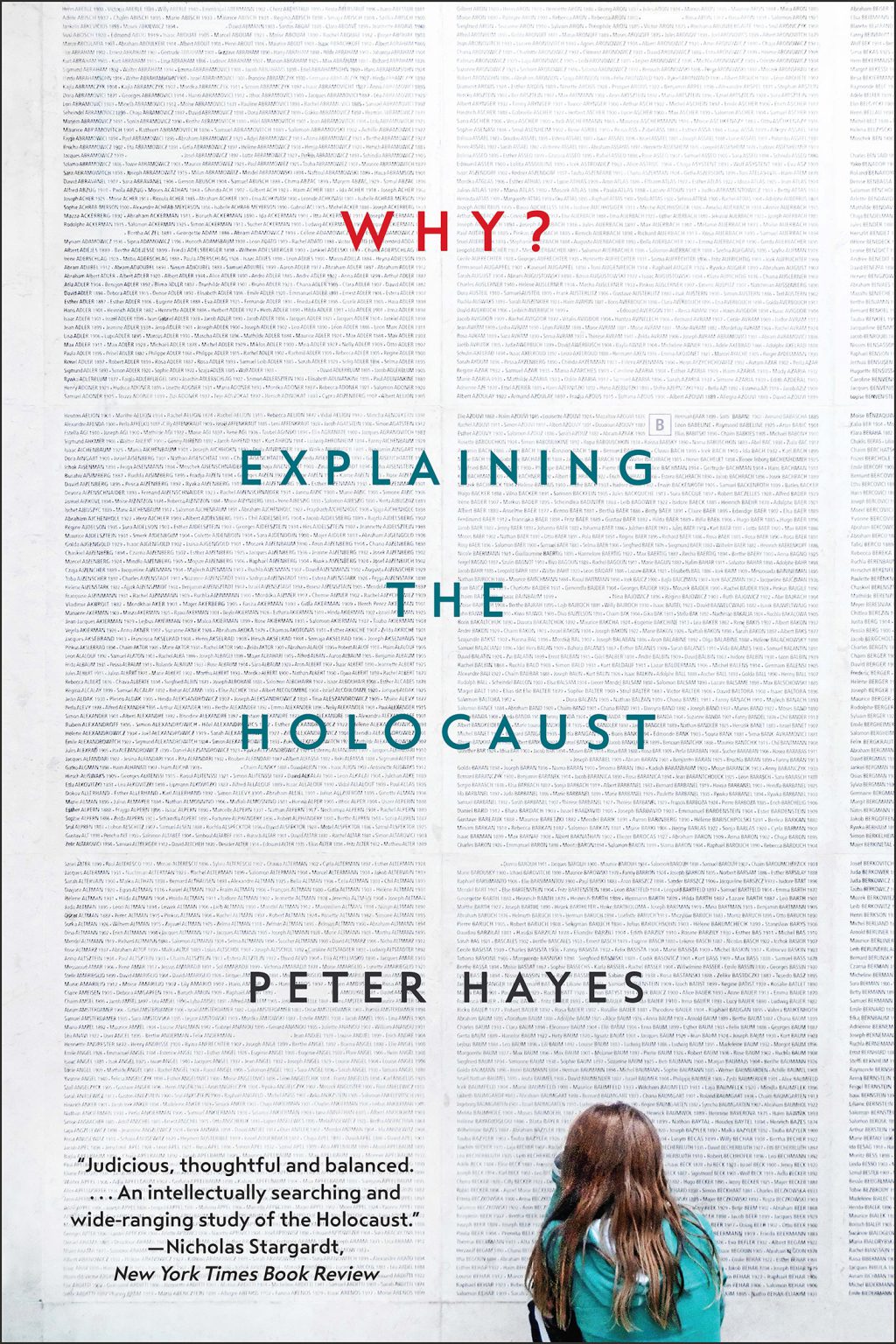
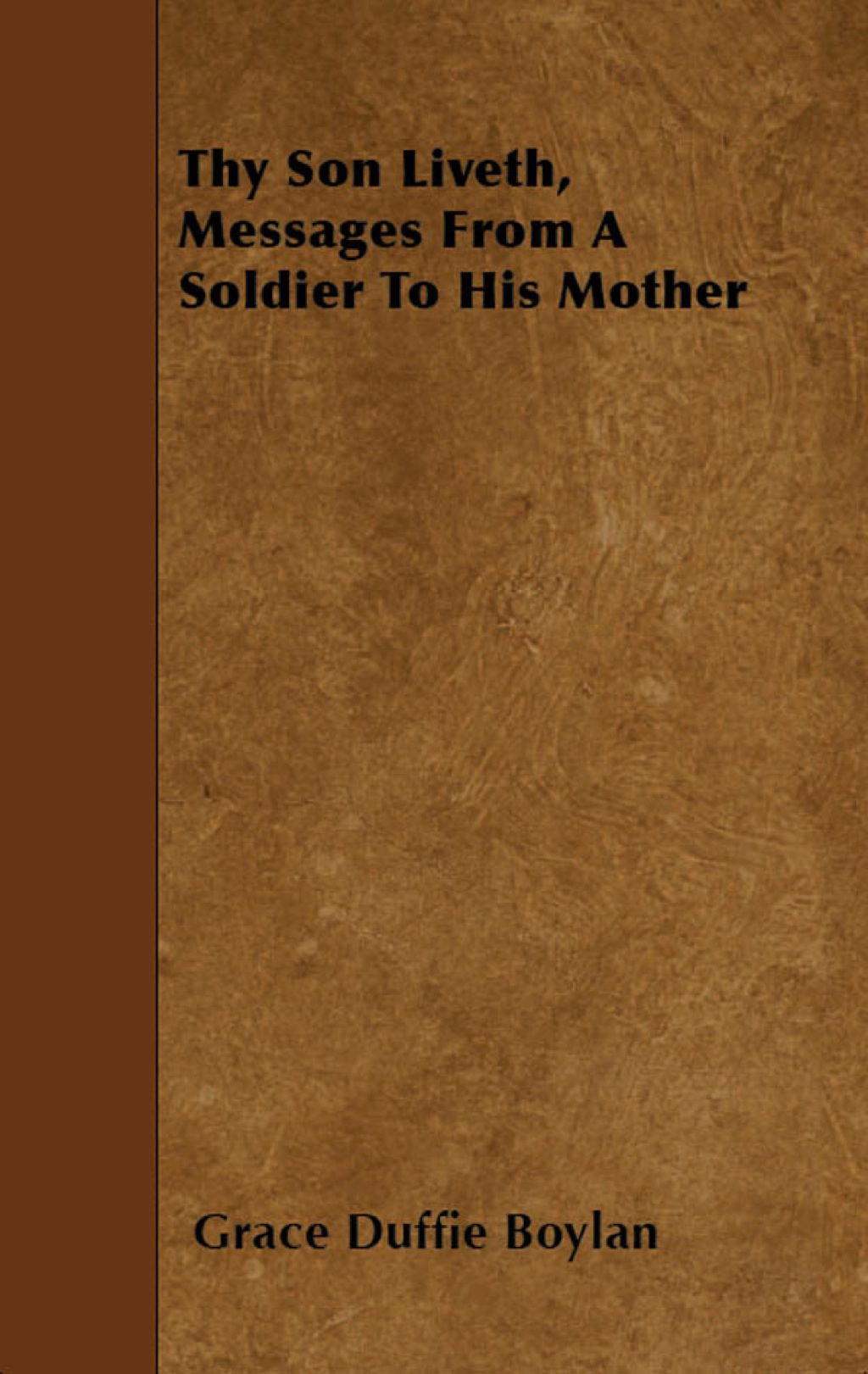
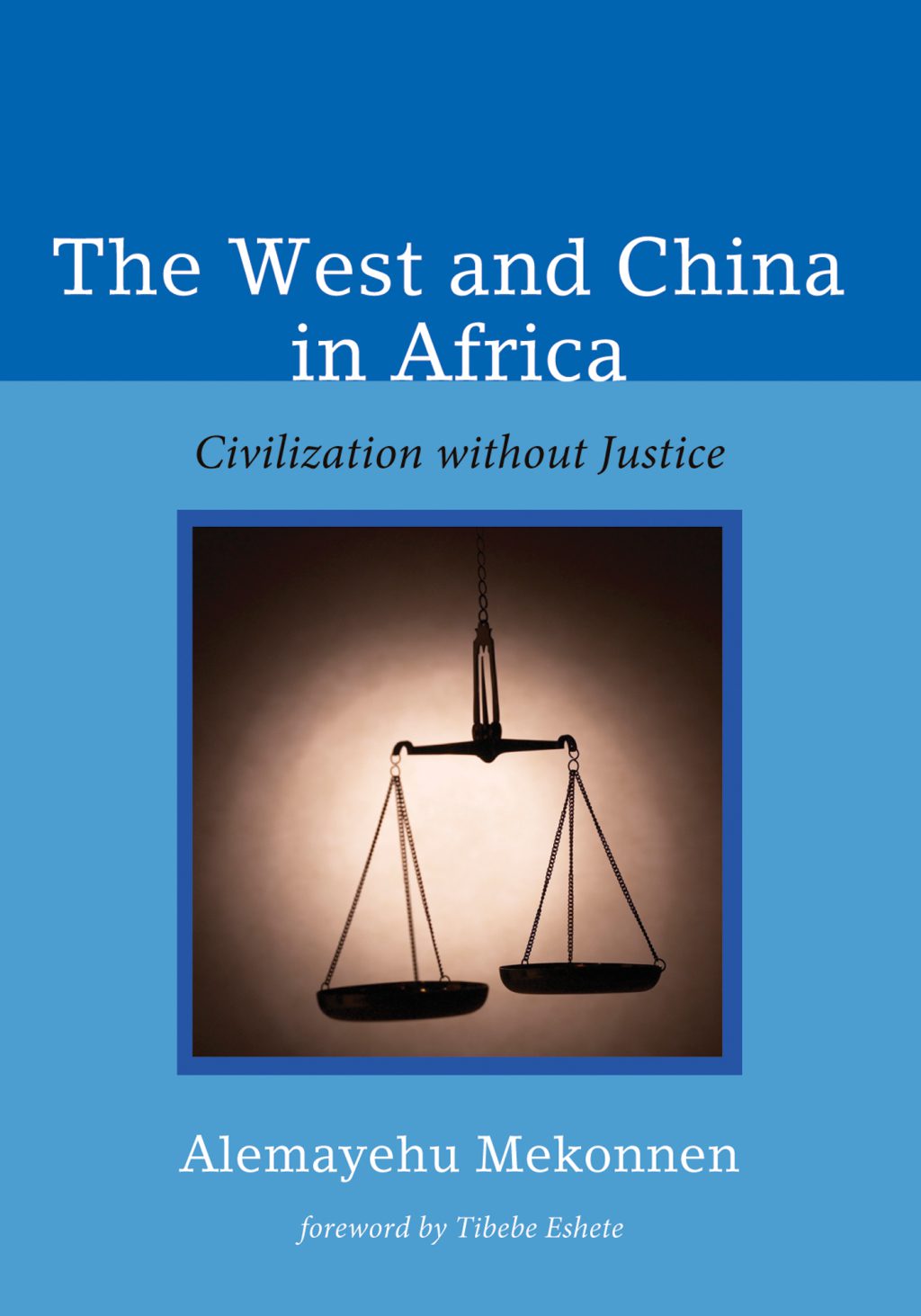
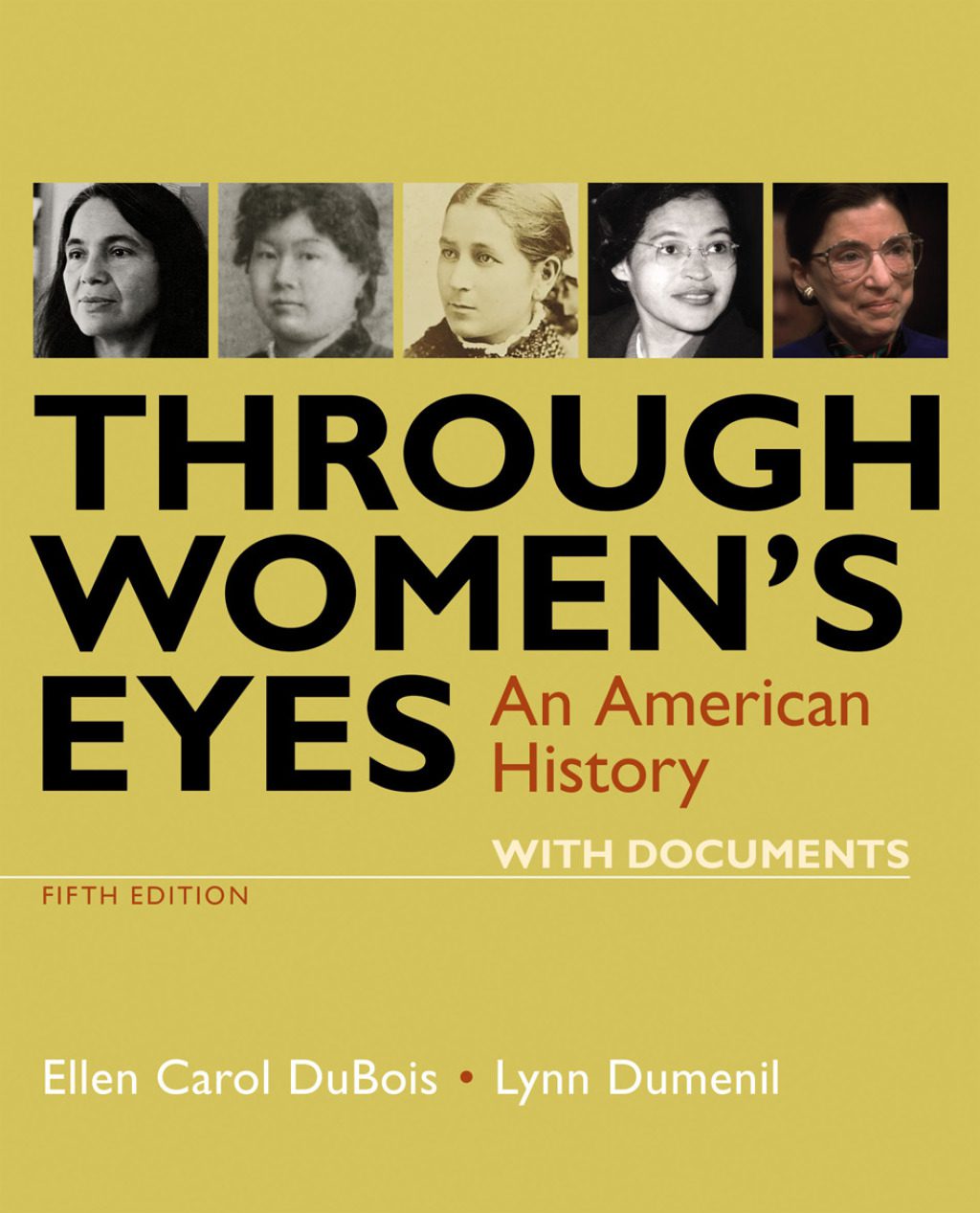
Reviews
There are no reviews yet.